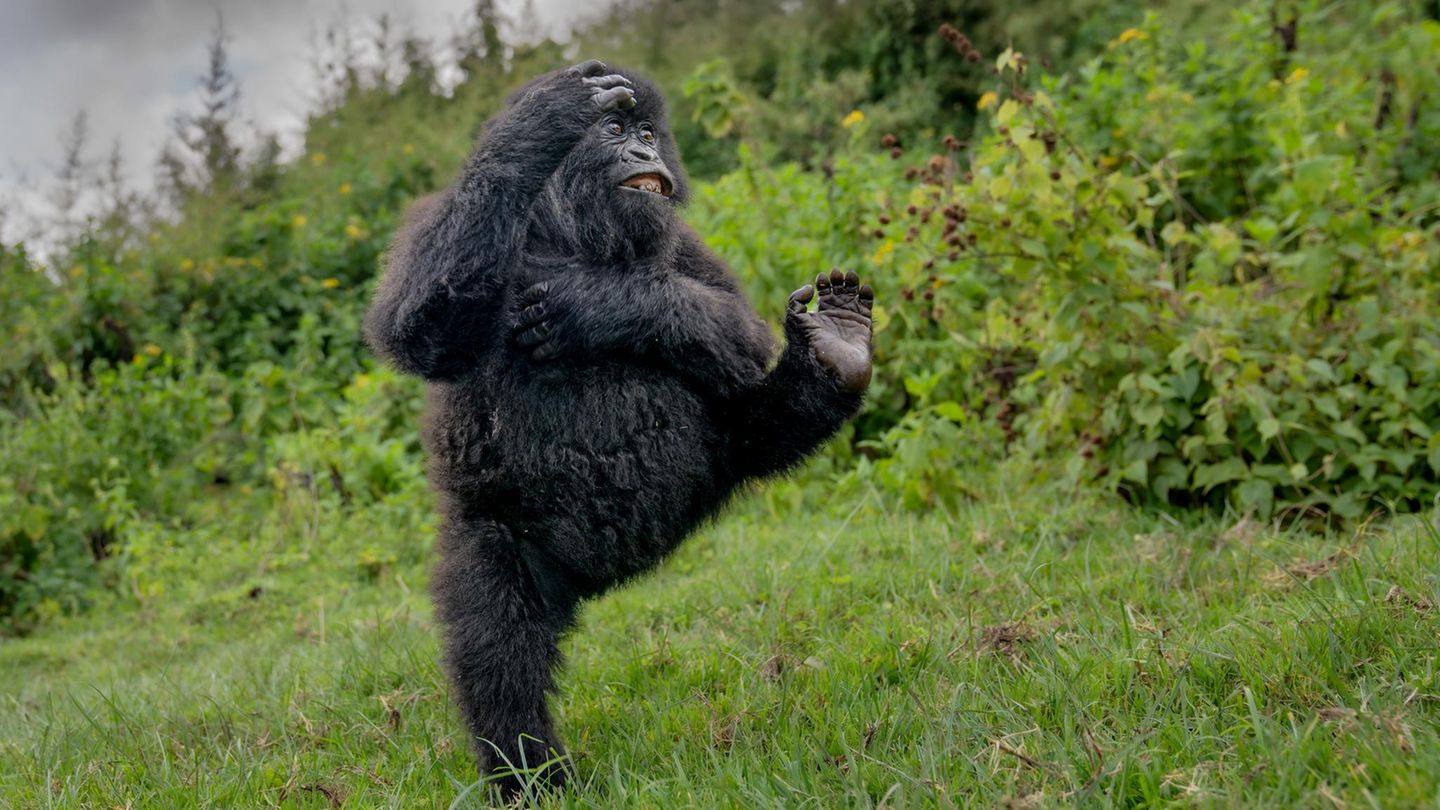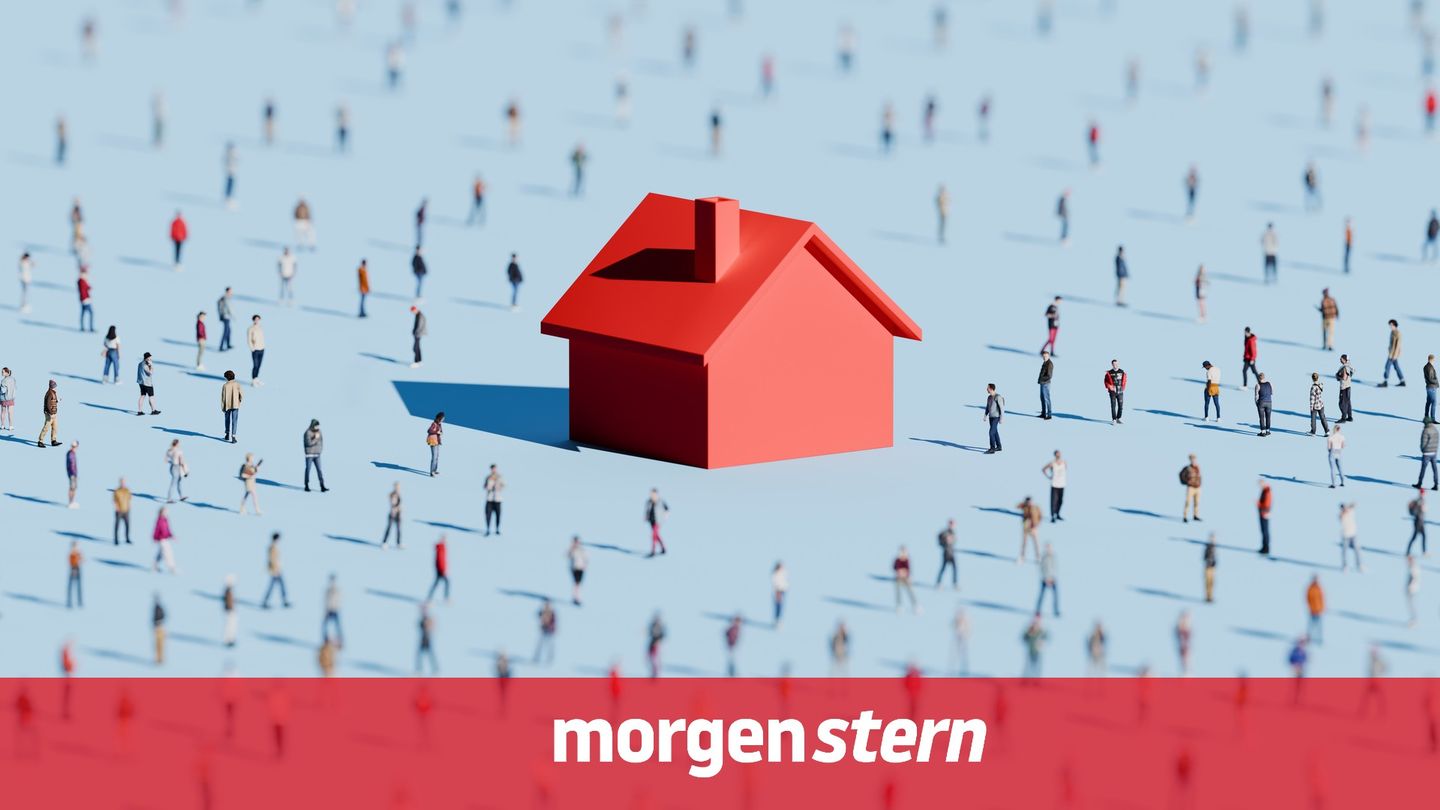morning star
Europe has a housing problem – this is how it should be solved
Copy the current link
Add to watchlist
The EU is working on a plan to combat the housing crisis. Lars Klingbeil’s risky gastro poker. And: cell phone addiction among children. The situation in the morning.
Good morning, dear readers,
I’ll just ask you straight away: Do you live in a rented apartment and how much has your rent increased in the last ten years? It is no secret that the rent index in major German and European cities rose rapidly during this period. Now the EU wants to take action against the housing crisis and create a common plan for the first time. What could that look like?
Let’s first get to the facts: According to the EU, housing costs have increased by almost 60 percent in the past ten years, although there are major differences across Europe. While Germany is still below the EU average with an increase of around 50 percent for the period between 2015 and 2024, Hungary is the lone leader with an increase in housing costs of 240 percent. In cities like Dublin and Athens it has almost doubled.
The cost explosion brings with it significant problems. According to the EU, if more than 40 percent of net income is used for rent, this is an indication that households are having difficulty paying rent. In urban areas, overload already affects ten percent of all households, and in rural areas it is almost seven percent. Here too there are extreme differences. In Cyprus, only 2.3 percent of urban households are affected by overload, while in neighboring Greece the figure is 29 percent. Germany is located at 13.1 percent, also above the city average.
This is how the EU wants to tackle the housing problem
Without question, rent is a major challenge for many EU citizens: a lack of housing and short-term tourist rentals have been exacerbating the conflict for years. Developing a plan is also difficult because there are different requirements. In Germany More than half of the people live in rent. In some others EUcountries it is less than ten percent.
Like part of the European solution Housing crisis could look like, Dan has Jørgensen outlined earlier this week. As a “Last week, the EU Commissioner for Energy and Housing described rentals via portals such as “Airbnb as a huge problem.” Tens of thousands of people in Barcelona, among other places, demonstrated against mass tourism in the summer. He outlined another problem in a guest article for “T-Online.” “In the last ten years, prices have risen by 20 percent, while building permits have risen by 20 percent decreased,” complained Jørgensen. It is therefore important to promote the construction of housing with larger funds from the EU budget. In addition, the bureaucracy must be reduced.
Already in December wants Jorgensen present his draft law for more affordable housing. How quickly this will then be adopted and implemented is still unclear. There is still too much bureaucracy in the way.

Morgenstern – the newsletter to start the day
From Donald Trump to Heidi Klum: We’ll tell you what you really need to know in the morning – compact, well-founded, entertaining. Our briefing will arrive in your inbox from Monday to Friday at 6:30 a.m. .
Klingbeil’s risky gastro poker
The plan has been in Lars Klingbeil’s drawer for months: restaurants and commuters should be relieved from January 1, 2026, through VAT and the flat-rate distance allowance. Conversely, this means that the federal and state governments collect less taxes. Both should shoulder the failure together – that’s what the finance minister wants.
The problem: The countries don’t want that. They believe that what the federal government is planning to do must be paid for by the federal government alone. Klingbeil is already threatening the relief measures to fail. But can he afford it? What arguments does he have? And which ones do the countries have? They analyze what is at stake for the black-red federal government star-Politics chiefs Veit Medick and Jan Rosenkranz.
The funny world of animals
At the end of the week it will be time to smile again. The Comedy Wildlife Awards have been running for ten years now. The two photographers Paul Joynson-Hicks and Tom Sullam launched the competition to draw more attention to the protection of wild animals and habitats.
The jury has now selected the finalists from over 10,000 entries in the current round. And these show that nature can be very funny if you look closely enough. A smiling bear, morning exercises among red-crowned cranes or an unusual hug among monitor lizards – you will certainly find these images entertaining. And the best comes last: You can find my favorite at the end of the gallery.
Animal funny: The finalists for the Comedy Wildlife Awards have been chosen
|
geo

Kick it like Beckham
A young gorilla exuberantly gymnastics across a clearing in the Virunga Mountains – a moment of pure joy of life captured in the rainforest of Rwanda
© Nikon Comedy Wildlife Awards 2025 / Mark Meth-Cohn
More
Open caption
Back
Further
And otherwise? More headlines
This will happen on Friday, October 24th
- It ends in Mainz Prime Minister’s Conference
- Car manufacturer Porsche presents figures for the first nine months of the year in the evening
- The DFB women will meet France in the semi-finals of the Nations League in Düsseldorf from 5:45 p.m
Our star+ recommendation of the day
Smartphones no longer let us go; children in particular suffer from cell phone addiction. A clinic in Bavaria is now offering them a new therapy. Can we all learn from this?
How did you like this morning star? Feel free to write it to me: . You can also receive this morning briefing in your inbox as a newsletter. Get in touch
I wish you a good start to the day!
Source: Stern





